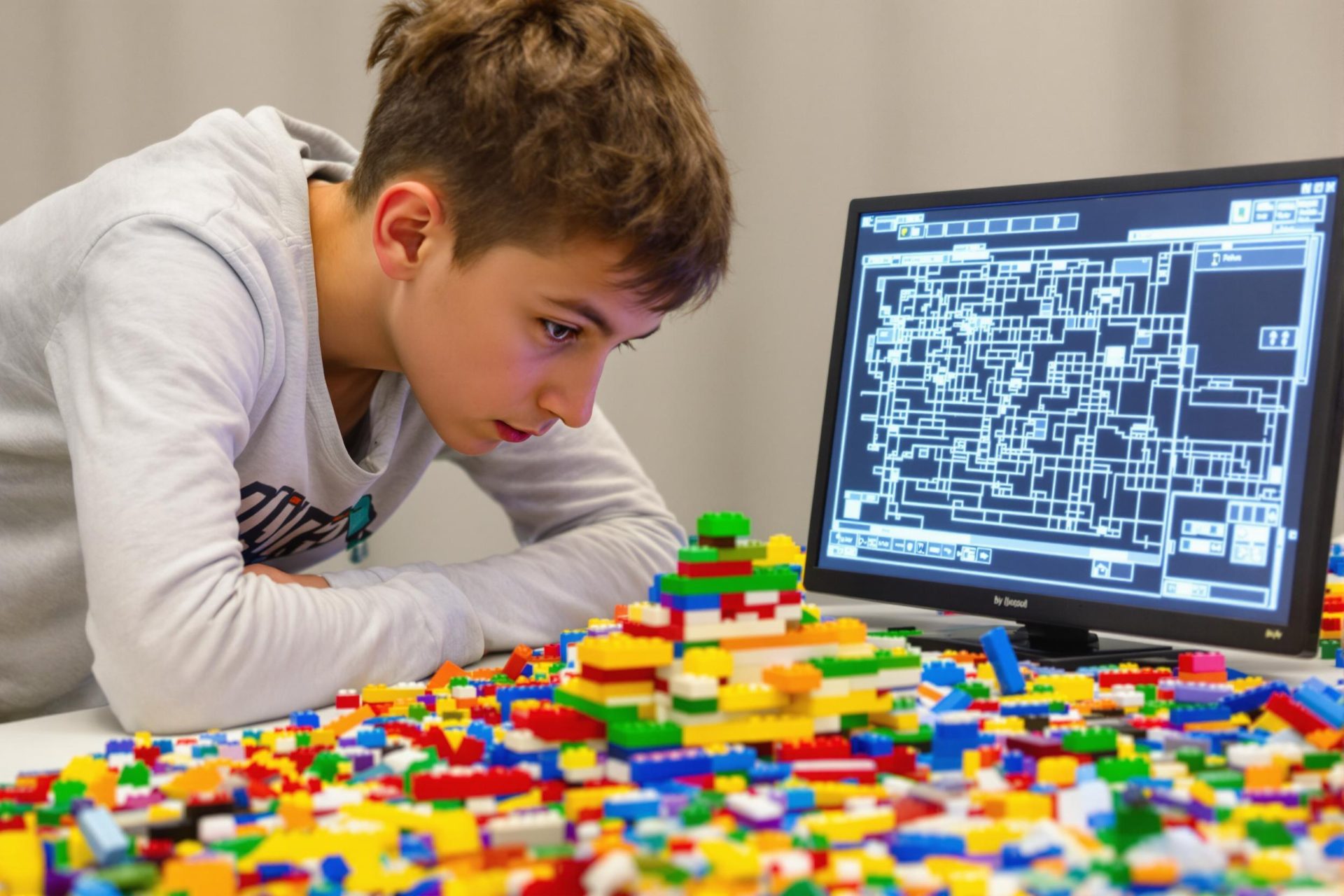Key Takeaways
- Researchers from Carnegie Mellon University have created a new AI tool called LegoGPT.
- LegoGPT helps users generate physically stable and buildable Lego design ideas.
- It can take text descriptions or photos of existing Lego pieces/builds as input.
- The AI is trained on thousands of Lego and 3D structures to ensure practical designs.
- LegoGPT is available for users to access and try via GitHub.
For many, building with Lego blocks is a beloved pastime, but even the most imaginative builders can hit a snag, wondering what to create or how to bring their ideas to life.
That challenge might be a thing of the past, thanks to researchers at Carnegie Mellon University. They’ve developed LegoGPT, an innovative tool designed to spark creativity and help construct real-world Lego models.
LegoGPT uses generative AI to transform your concepts into actual buildable designs. Unlike typical AI image generators that might produce fantastical but physically impossible structures, this new model prioritizes stability.
To achieve this, the research team trained LegoGPT on an extensive dataset, including over 47,000 Lego structures and 28,000 3D structures. This ensures the ideas it proposes are practical and can stand on their own.
Users can simply type in their ideas for LegoGPT to process. Alternatively, they can upload photos of their current Lego collection or an in-progress build, and the AI can suggest improvements or new directions.
The focus on stability is a key feature. According to the study from Carnegie Mellon University, as reported by Tech Times, the designs generated are physically sound approximately 98% of the time.
Anyone interested in trying out LegoGPT can find it accessible for free on GitHub.
This tool highlights the evolving capabilities of artificial intelligence. Once primarily known for image generation, AI is now increasingly used to help create tangible models and designs, opening up fresh avenues for creators and hobbyists alike.


